Coal Seam Gas, Methane Leaks Offsets Any Carbon Dioxide Benefits
The entire debate about the benefits and hazards of coal seam gas is based on misinformation. Burning natural gas, shale gas or coal seam gas
does produce less carbon dioxide than coal but this benefit is more than offset by the huge leaks of methane from the exploration and natural
gas production operations. Power plants fuelled by natural gas only released about 50% of the carbon dioxide emitted by conventional coal
plants. However, a new study from the National Center for Atmospheric Research pours cold water on the idea that natural gas
represents "bridging fuel" to slow global warming as the world transitions to clean renewables. This is the major
justification for natural gas and coal seam gas replacing coal as well as its cheaper cost compared with coal and renewables.
Modelling has
shown that a 50 % reduction in the burning of coal and replacing it with natural gas, would actually produce a slight rise in global temperatures for
the next 40 years as a result of the switch. So there is no bridging benefit for the switch.
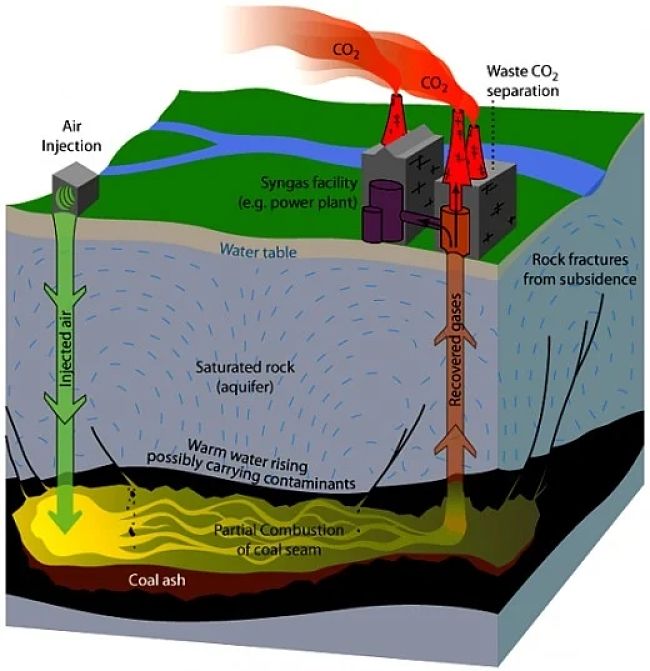
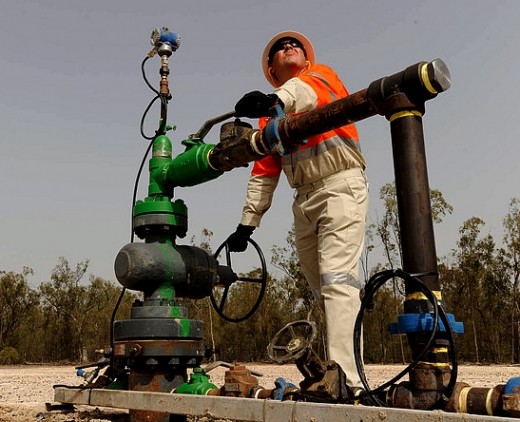
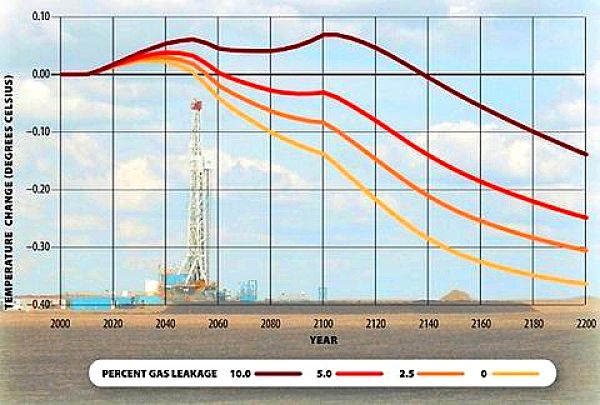
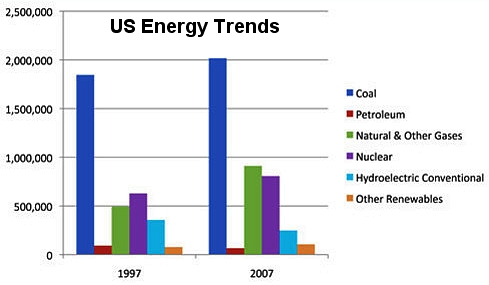
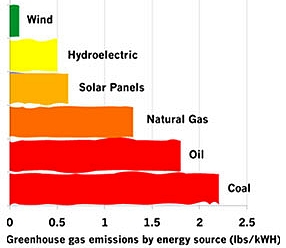
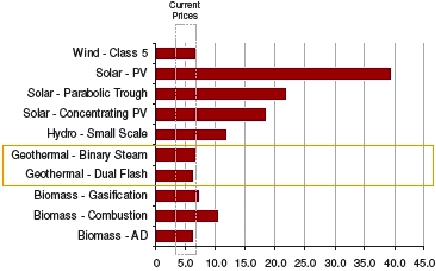
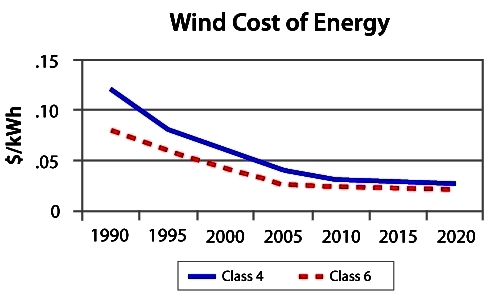
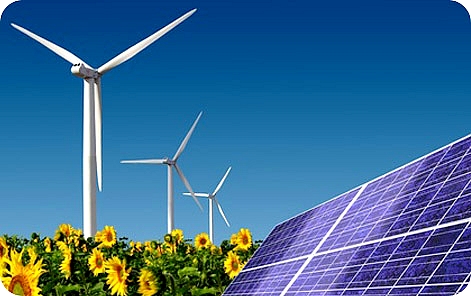

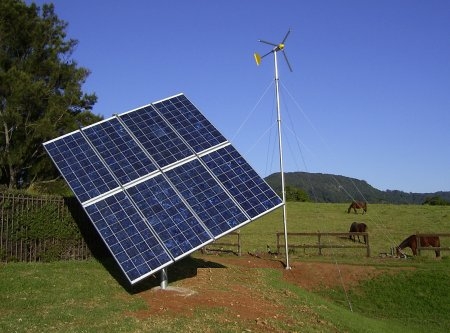
There are two major reasons why this doesn't work.
1. Natural gas is mostly methane, which is 5 times more potent than carbon dioxide as a green house gas. Any venting or leaking of methane during exploration, from the reduction wells, due to fracking and leaks from pipes and gas storage tanks quickly destroys any benefits.
The impact of the these leaks depending on their size. A leakage rate of 10 percent, would see a delay in global warming effect of the switch until the year 2140. A 5 percent leakage rate would delay any benefits until 2065. These delays destroys the concept of bridging.
Hydraulic fracturing, or fracking has been shown to produce large leakages. The research study predicted that somewhere between 4 % and 8 % of the methane yielded from shale-gas production systems ends up in the atmosphere. These leakages are up to 30 % higher than the quantities of methane that escapes from conventional natural gas extraction methods without fracking.
2. The second problem with the switch is that sulfur particles and other particles released from burning of coal provide a cooling effect. This offsets some of the warming caused by carbon dioxide emissions.
No sulphur and few other particles are released by burning natural gas or coal seam or shade gas. The sulfate aerosols actually reflect some solar radiation back into space and this produces a small cooling effect.
The study concluded that gas will have minimal benefit for impact climate change, and the way that most people see natural gas as a panacea is wrong. There is no bridge and we need to spend our dollars on renewables now, to eliminate our dependence on fossil fuels to reduce the risks associated with climate change.
Gas is NOT much Cheaper than Wind Power
This is the second major lie - Gas power is not a lot cheaper than wind power.
The American Wind Energy Association
(AWEA) data show that the latest wind power generators produce power at about 6 cents per kilowatt-hour, which is the same price for a
combined cycle natural gas plant. So why invest in gas powered units which are much larger and produce greenhouse gases.
The recent cost reductions for wind power have been achieved through longer blades, better turbine design and performance,
which have substantially boosted the performance and reliability of wind power generation. The manufacturing cost are falling
due to competition and economies of scale. Offshore locations has expanded the areas suitable for installing wind generators.
Elsewhere in the world the cost of wind power is at record lows and declining: several projects in Brazil,
weden, Mexico and US feature levelised costs of energy below $68 per MWh). This is only marginally higher
than the current costs of about $67 per MWh for a conventional power station that uses coal and $56 per MWh
for a power station that uses natural gas for energy production.